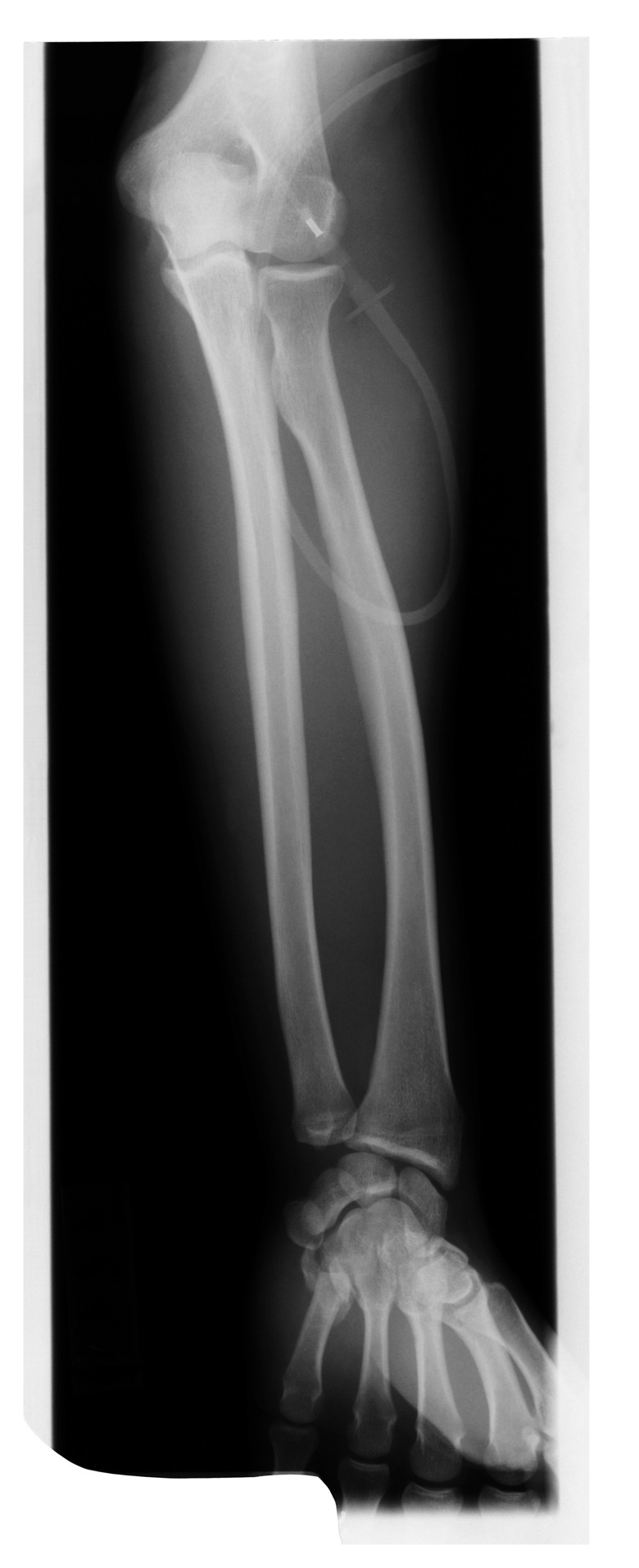How To Make A Model Of The Pivot Joint
Pivot joints such as the forearm's radius and ulna bones move by allowing one's cylindrical shape to rotate within a type of cavity in the other. Holding your hand out and moving your hand from horizontal to vertical demonstrates this within the elbow. The hand pivots, while the elbow can remain stationary. Modeling these types of joints will allow the student to see how the joints and movement works without being obstructed by skin and tissue.
Step 1
Rub and squeeze a ball of modeling clay in your hands to warm it until it is soft and pliable. Mold it into two shapes similar to the radius and ulna after studying a picture of these two bones in the arm and noticing where the rounded areas are. It does not have to be exact, but one needs to be more cylindrical, while the other needs to feature a dip where the cylinder can rest and move. Place a needle through the top of each model bone at both ends.
Step 2
Place on a cookie sheet and bake at 200 degrees Fahrenheit until the clay is set. This may take 15 minutes to an hour depending on the thickness and type of clay used. Remove from the oven using the pot holder. Allow to cool for a few minutes. Wiggle the needles around while the clay is still warm. Remove the needles, leaving holes.
Step 3
Allow to cool thoroughly. Thread a strip of craft wire through the holes. Twist or tie the wire to secure the model bones together. The cylindrical bone, or radius, pivots inside the dip of the ulna. If the model of the pivot joint is too loose, wrap a medium rubber band around the joint areas to increase the tension.
Things Needed
- Picture of arm bones
- Modeling clay
- Cookie sheet
- 4 large embroidery needles
- Oven
- Potholder
- Thin craft wire
- 2 rubber bands
Cite This Article
MLA
Dennis, Georgia. "How To Make A Model Of The Pivot Joint" sciencing.com, https://www.sciencing.com/make-model-pivot-joint-12104198/. 24 April 2017.
APA
Dennis, Georgia. (2017, April 24). How To Make A Model Of The Pivot Joint. sciencing.com. Retrieved from https://www.sciencing.com/make-model-pivot-joint-12104198/
Chicago
Dennis, Georgia. How To Make A Model Of The Pivot Joint last modified March 24, 2022. https://www.sciencing.com/make-model-pivot-joint-12104198/
